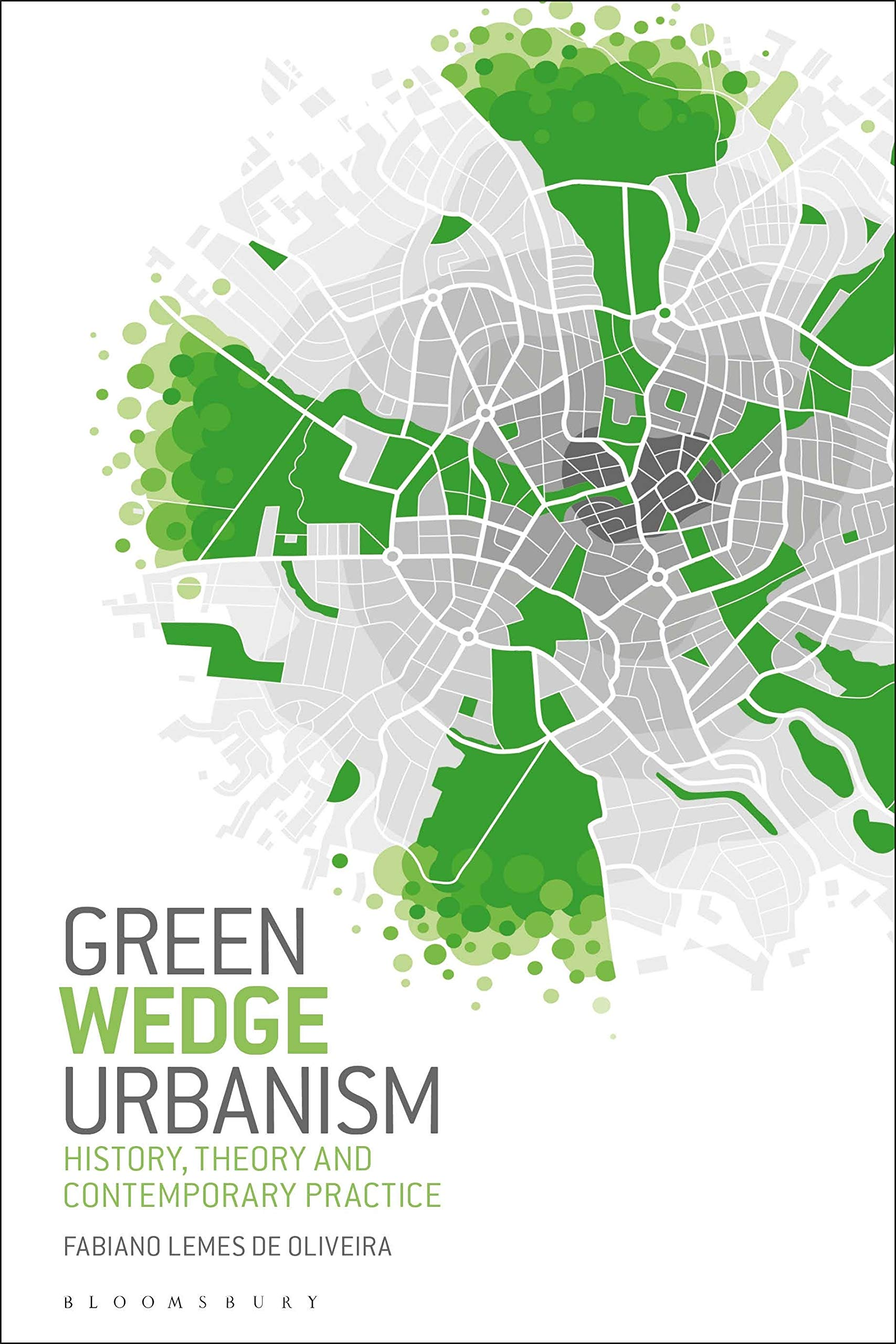Green Wedge Urbanism: history, theory and contemporary practice
Fabiano Lemes De Oliveira

Abstract
Green wedges, considered here as ducts of green space running from the countryside into the centre of a city or town, have a deeper history than many expect – a history that provides valuable insight and lessons in the employment of networked green spaces in city design and regional planning today. Part history, and part contemporary argument, this book is first in examining the emergence and global diffusion of the green wedge in town planning in the late 19th and early 20th centuries, placing it in the broader historic context of debates and ideas for urban planning with nature, before going on to explore its use in contemporary urban practice. Examining their relation to green infrastructures, landscape ecology and landscape urbanism and their potential for sustainable cities, it highlights the continued relevance of a historic idea in an era of rapid climate change.
Oliveira, Lemes de. Green Wedge Urbanism: History, Theory and Contemporary Practice. London: Bloomsbury, 2017. http://dx.doi.org/10.1080/02665433.2013.824369



